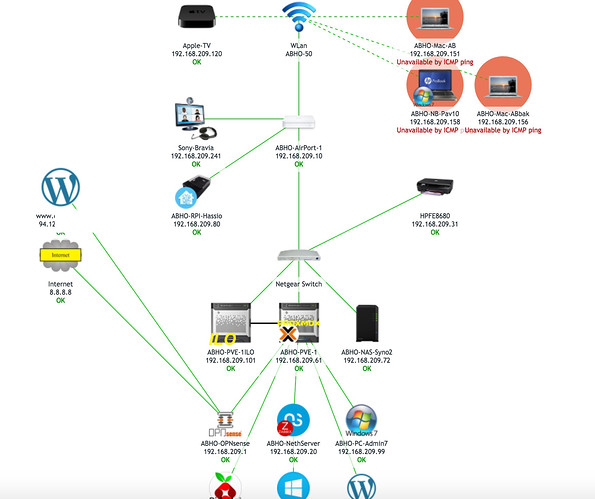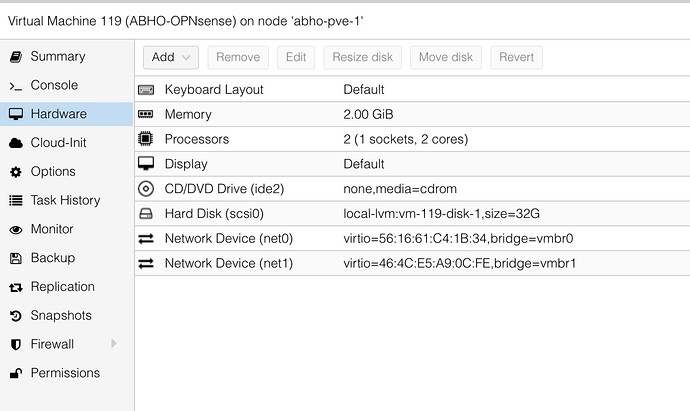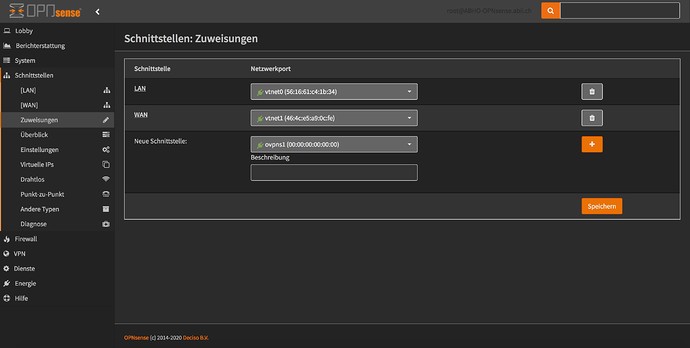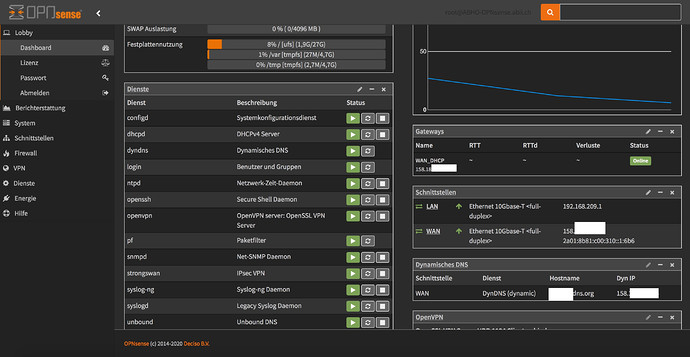@schulzstefan
Morning!
You need at least two servers, yes.
Depending on the Virtual Environment, and of course on what exactly goes defective on the server.
Proxmox for example can use:
- Local Storage, when single server.
- Shared Storage, eg in a Cluster.
- ZFS synched Storage, eg in a Cluster
- CEPH Storage
With Local Storage, you need to move the data of the VM - or you need to revert to Backup.
All other three you can think of a file on a file server. If one PC is not using it, an other can use the file. Migration only entails the RAM contents. Migration is extremly fast!
No need for snapshotting for this!
This means you can achieve true full High Availability. In this Version VMs can “Migrate” on their own, if the underlying hardware fails.
And it does NOT matter if one Proxmox has an Intel CPU, the other has an AMD - the VMs use a “KVM” CPU, which exists for AMD and Intel.
Migrating a VM on a Proxmox cluster means moving the RAM contents to another Server, as the “HD” of the VM is on shared storage, like an Excel file on a file Server, and can be opened by any other member of the cluster. This is all done automatically, you just choose “Migrate” and the target server, if more than one…
These functions provide for availability (Also through Abstraction) which a real hardware running system can’t ever achieve…
You’ve heard several people suggest using virtualization here… 
Also, as the underlying Proxmox has hardly any configuration, it’s installed in 20-30 minutes on any hardware.
You also have two Backups, one by the VM itself, and one by Proxmox. The second is very fast, especially for Disaster Recovery scenarios…
With more than 3-4 Servers, you can also “switch on” Servers as needed. Wake on LAN, scripts monitoring Server Load, etc…
Proxmox includes all tools needed to do live backups of all VMs. And complete Backup Versioning with deduplication and delta sync, if using the free PBS (Proxmox Backup Server). This is extremly fast!
For Windows, Proxmox even uses ShadowCopy technologies to make correct backups… 
All for free!
My 2 cents
Andy





